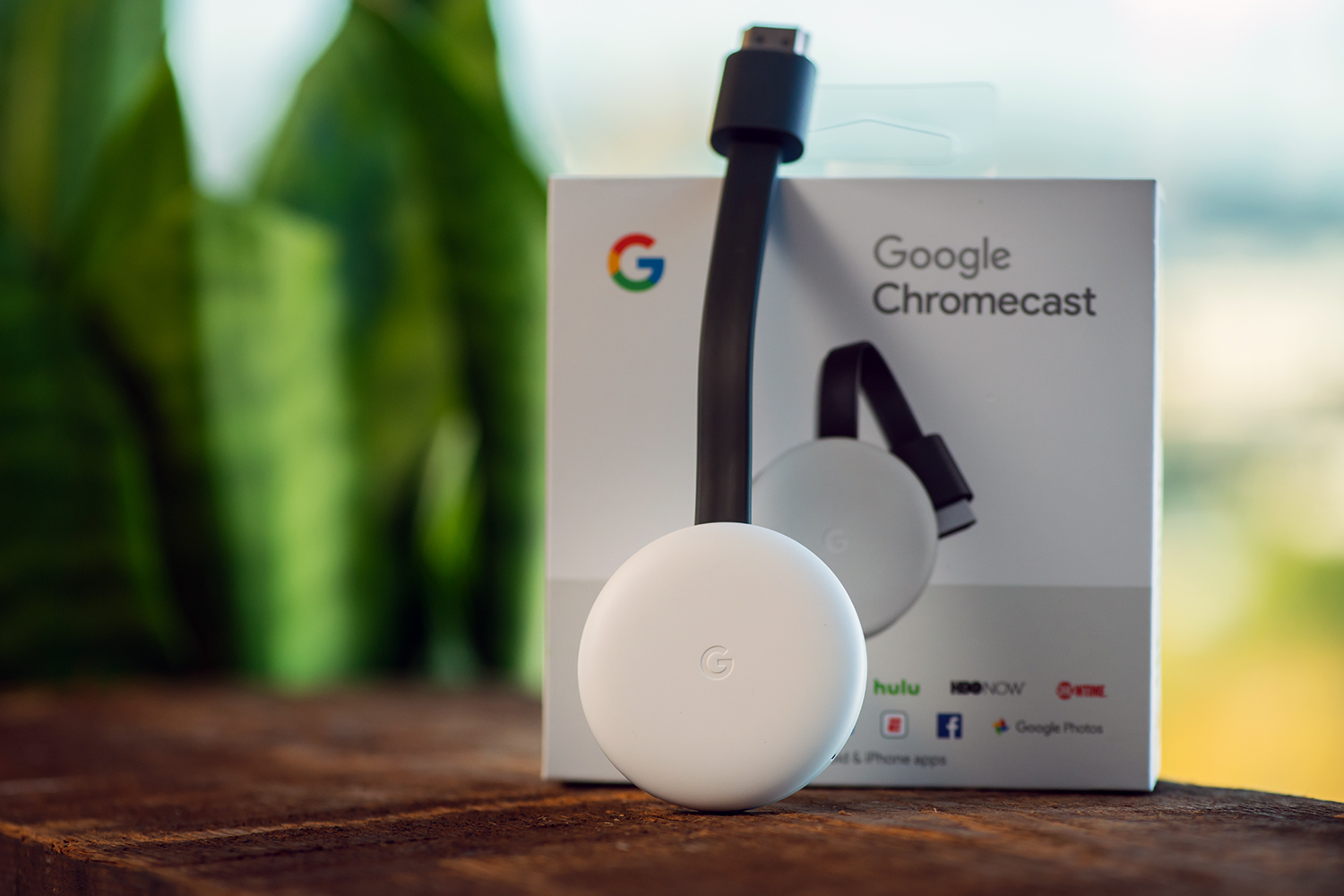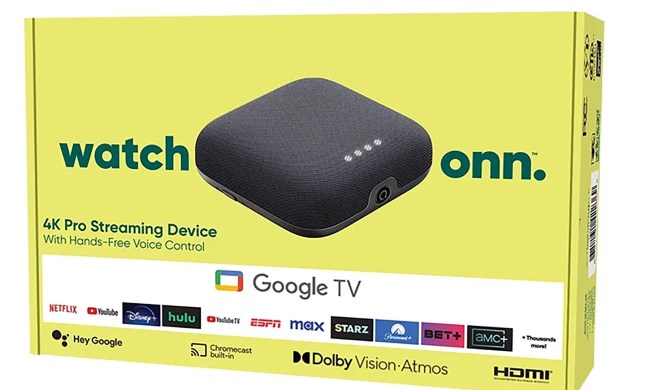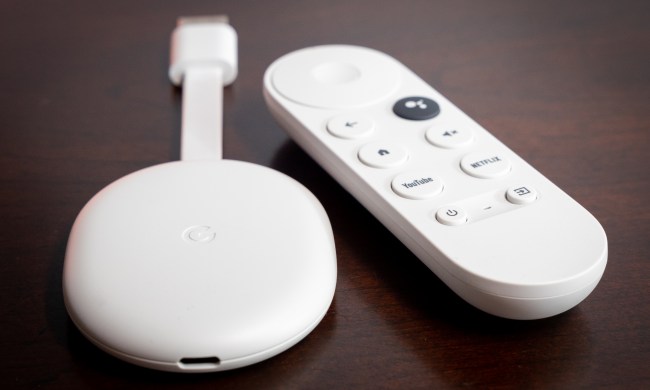Google announced a string of new products — including the Pixel 4 smartphones, the Pixelbook Go Chromebook, and the Pixel Buds 2 — at its annual hardware event on October 15. Amid the fanfare, however, I couldn’t help but notice the absence of what I believe is the best and possibly the most successful hardware product ever created by Google: The Chromecast.
It’s been three years since Google released the Chromecast Ultra — the series’ last major upgrade. During that long spell, the media streaming market has grown across the globe and about a gazillion video platforms have emerged as the streaming wars ramp up. But Google’s hockey puck-shaped media device has remained timeless.
Sure, Google did refresh the entry-level Chromecast last year. But despite the fact that the company lists it as the third-generation Chromecast, it can barely be called an upgrade due to the fact that it features little to no improvements.

Increased competition
Today, Chromecast is fundamentally still the same device Google launched more than half a decade ago. You plug it in your TV and cast content to the big screen from your phone. There’s no remote, no interface, and all the playback controls are on your phone.
While that simple formula has been the Chromecast’s biggest strength over the years, it’s begun to erode of late. Google has taken the “if it ain’t broke, don’t fix it” saying too seriously, and the Chromecast has gradually devolved into one of those products Google has forgotten about.
When Chromecast was new to the market, that minimalist approach worked mainly because smart TV software was awful at that time. It was too clunky, too slow, and highly frustrating. The Chromecast, on the other hand, was easy to understand and set up, even for a non-tech person. Want to watch that YouTube clip on your TV in the living room? Just hit that little cast button and it’s up in seconds.
That’s no longer the case, as the world of streaming sticks has come a long way in the last few years. Competitors such as Roku and Amazon have caught up to the Chromecast and now offer compelling alternatives that are a lot more than just a bridge between your phone and TV.
The numbers also suggest customers, at least in the United States, have begun to pick Roku and Amazon over Google. A study by Parks Associates found that the Chromecast now makes up only 11% of the media streaming device market — a worrying drop from 21% three years ago. Meanwhile, Roku and Amazon have witnessed dramatic growth and represent 39% and 30% of the total share respectively.
In spite of objectively being an inferior option hardware-wise, the Chromecast is more expensive than Roku and Amazon’s streaming devices. While Google forces you to shell out $69 for 4K streaming, both Amazon and Roku offer the perk for $40, along with a dedicated remote, HDR, and on-screen UI.

Lacking in features
A range of other features have been missing from the Chromecast and are long overdue. It’s the only currently available Google product that has a microUSB port and is sorely lacking a USB Type-C port. Apps often lack customized support for Chromecast, which means elements like subtitles occasionally don’t render. Google should also add a microphone (or simply integrate a Nest Mini inside it) for easier voice-based control, among other things.
There’s also no central hub for browsing content, so you have to go app-hopping to find something to watch. Google has updated the Home app to bundle a similar feature, but it’s quite bare-bones and doesn’t recommend content based on what you’ve streamed in the past.
It’s also worth noting that the Chromecast Ultra is the most affordable option to play 4K games on Google’s forthcoming cloud gaming platform, Stadia. It can potentially convince more users to sign up for Stadia and play AAA games without investing in a console. By choosing to overlook that it’s losing significant market share to Amazon and Roku, however, that opportunity is slipping away from Google by the minute.

Screaming for an update
Google’s hardware division has struggled to establish a foothold in any market, and with an outdated streaming stick, it may miss out on another one. Even with its flaws, Chromecast remains an excellent home appliance, but the bottom line for a buyer looking to spend $50 is that Amazon and Roku offer a far better package.
There have been several rumors in the past that hinted at a Google-branded Android TV stick. But unfortunately, those have gone silent recently. The Chromecast today feels like it has been frozen in time, and it desperately needs an upgrade if Google wants to stand a chance against its peers. Until that happens, I will be holding on to my second-gen Chromecast that I bought ages ago.



